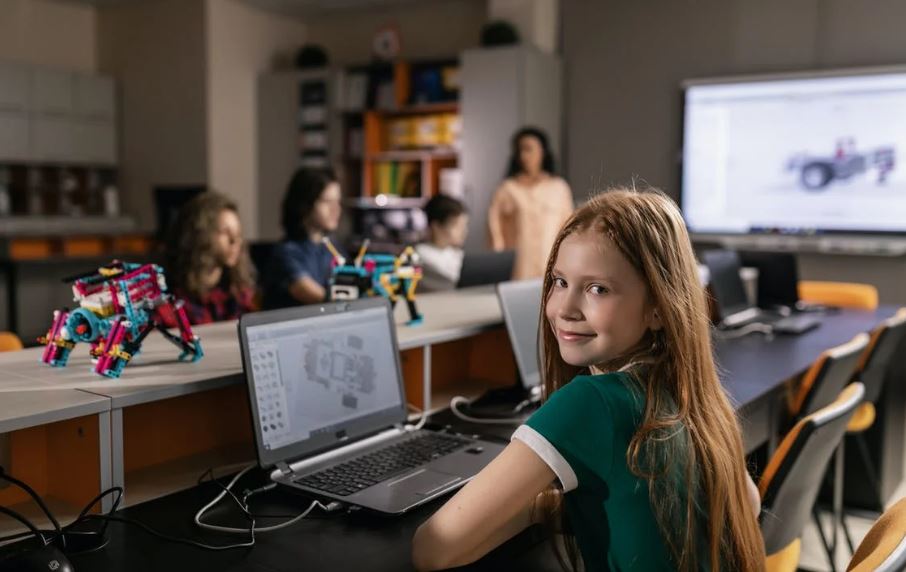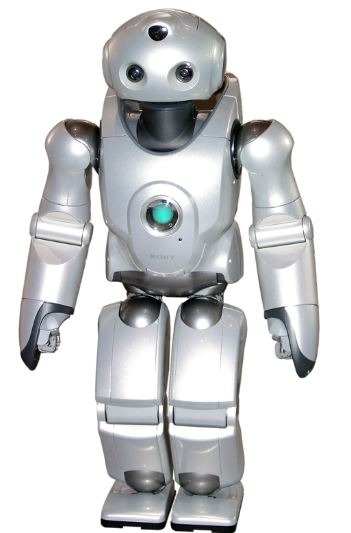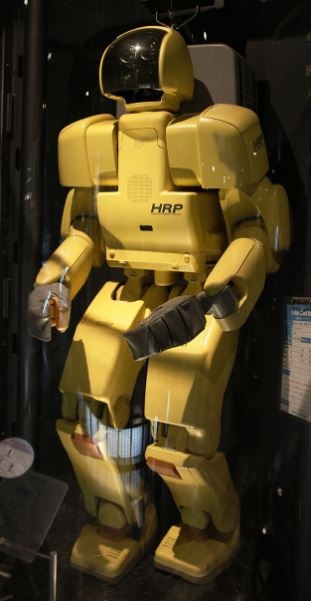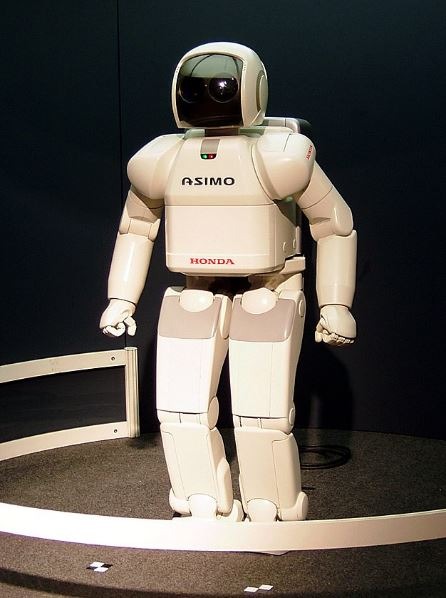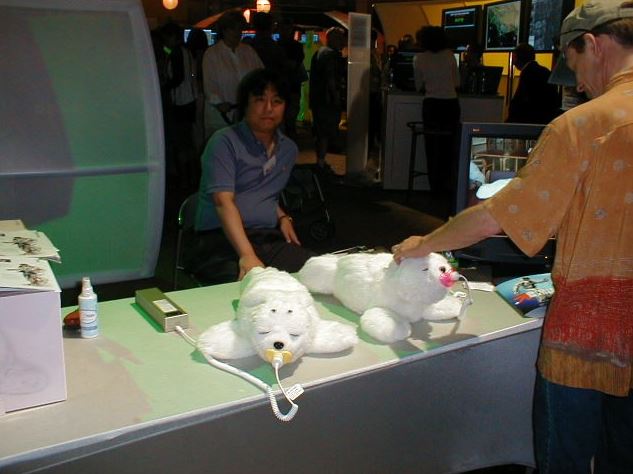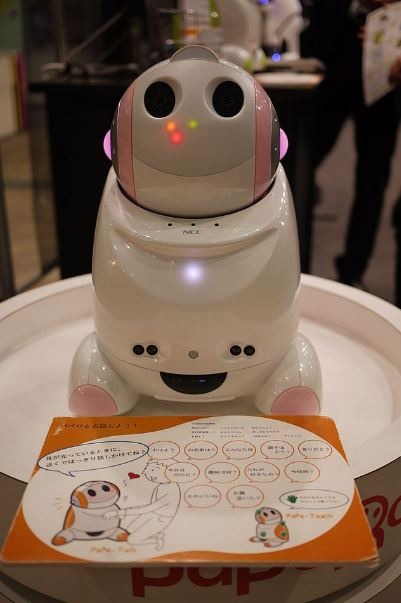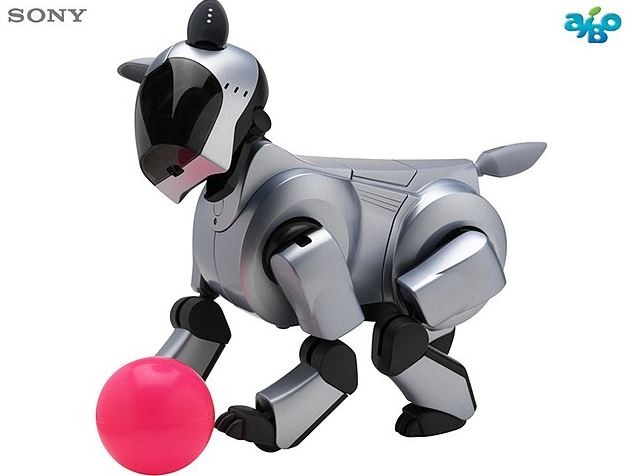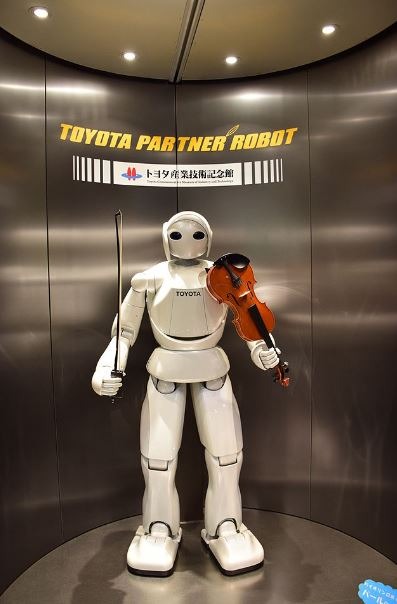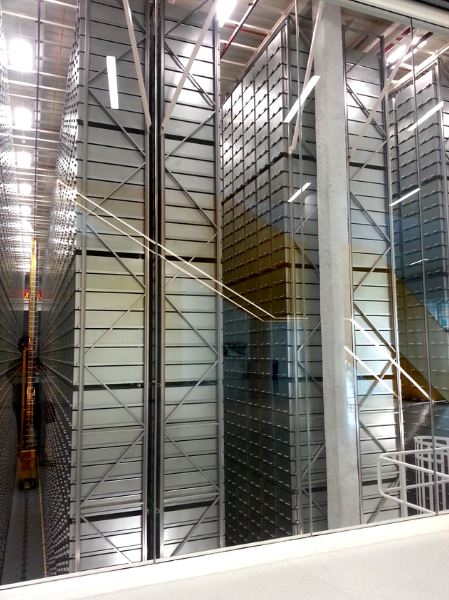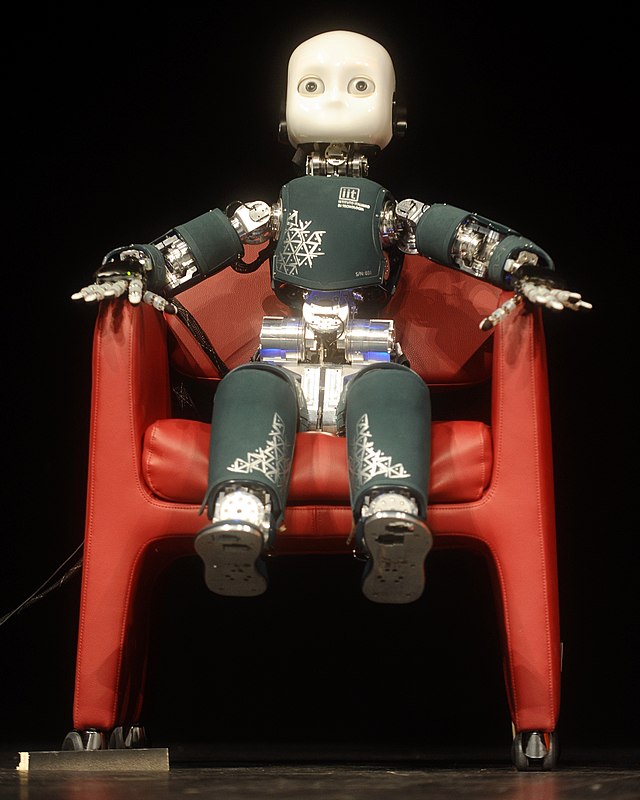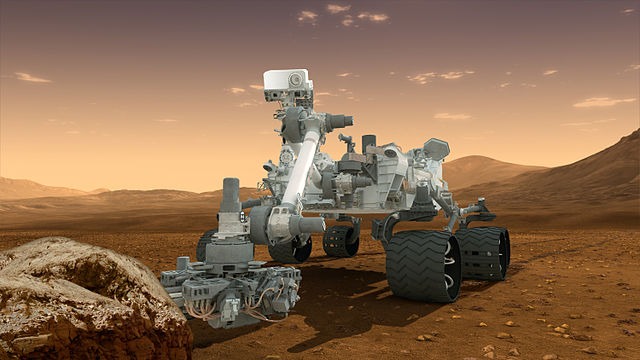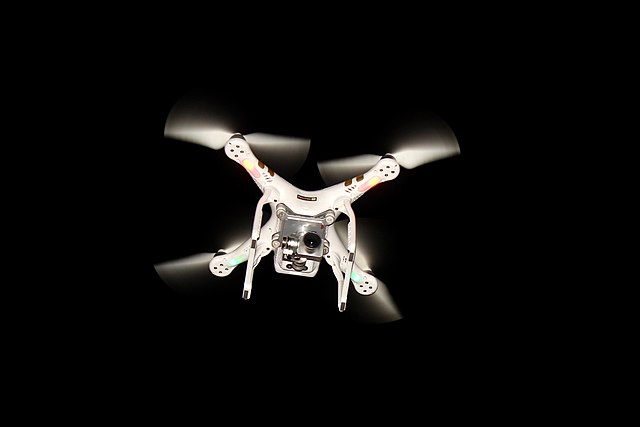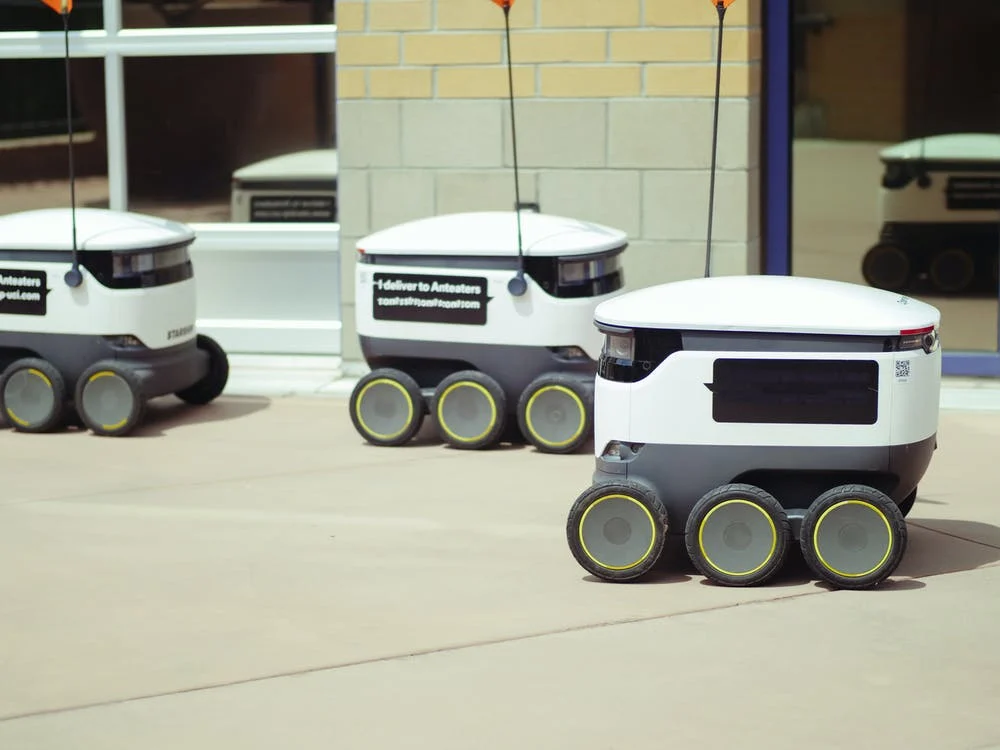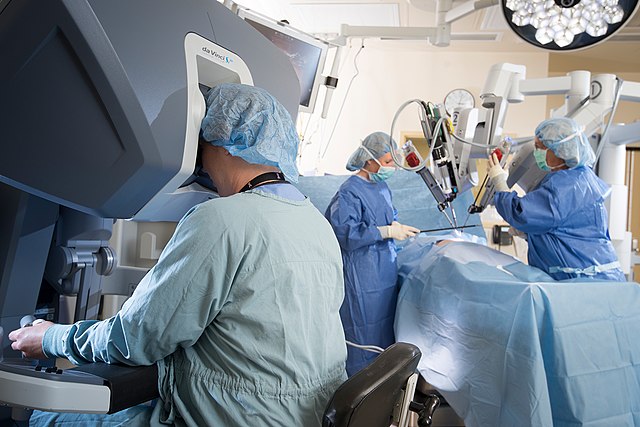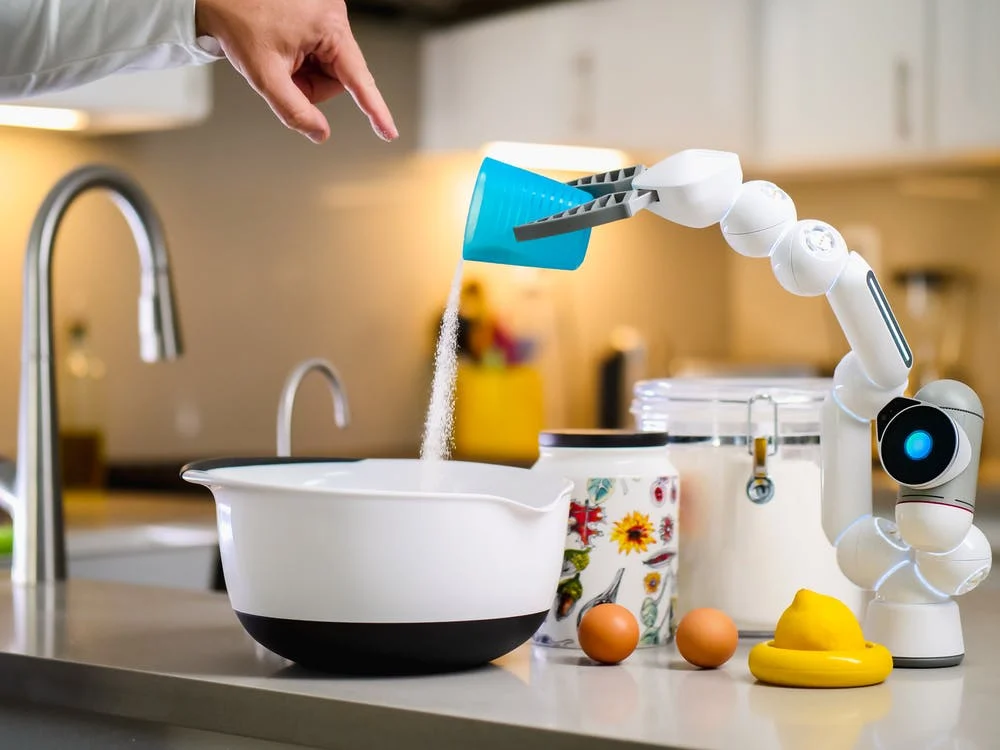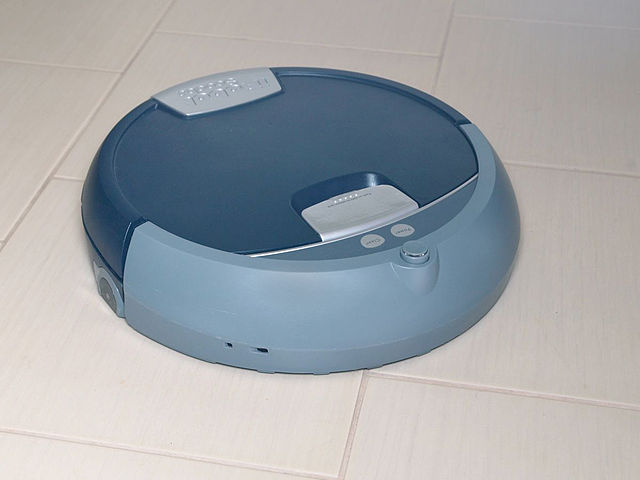Science, Technology, Engineering and Mathematics (STEM) education is important for students to be ready for the future’s non-stop modernization.
The use of robotics in the classroom has proven to be a consistent and surefire way to teach students the STEM skills needed to prepare them for the future job market. It teaches students 21st-century skills including coding, engineering and the scientific method in a fun and engaging way.
Many other incredible things students can learn in addition to STEM curriculum. Here are benefits in students who use robotics in the classroom:
- Robotics can be a launching pad for students to realize their passions-students build their own learning pathways because robotics offers them an open platform where they can decide where to go with their experimentations.
- A strong robotics curriculum can create leaders- when students interact with robots in the classroom and make them perform various motions and tasks, your students’ different strengths will start to shine. The ability to come together as different types of leaders, communicate with each other and utilize their personal strengths will be essential throughout these students’ lives
- Robotics can teach students how to communicate across different technology platforms- social media has become a part of our everyday lives and using it is as innate for students today. Through this extension of robotics, my students are learning how to communicate across different technology platforms, understand the audience of these different platforms and gain experience crafting effective messages for the various audiences
- Robotics teaches essential teamwork skills- through robotics in the classroom, students learn how to express themselves and listen and relate to others— honing valuable life skills. As students prepare for the 21st-century workforce, through robotics, they can learn more than just how to code. They can learn skills in leadership, community involvement, communicating across different technology platforms, finding their passions, and teamwork, which will prepare them beyond their school years.
What are the types of robots?
Here is a list provided by Science Kidz.com of a variety of interesting types of robots that lead the way in the world of robotics and artificial intelligence.
QRIO
Made by: Sony
Height: 61cm
Pronounced “curio” the name stands for “quest for curiosity” in Japanese.
Purpose: To live with you, make life fun and make you happy.
What can it do? Walk, talk, run, dance, recognize voices and faces, play ball games and surf the web.
Features:
Foot sensors so it can play soccer.
Ankles with ball joints so it can walk on uneven surfaces.
Picks itself up after falling and even checks itself for damage.
Moves with quick, smooth movements.
HRP
Made by: Kawada Industries
Height: 1.5m
Weight: 58kg
Purpose: To work in human environments and use human tools.
What can it do? Walk, get up from awkward positions, walk on uneven surfaces and grasp objects.
Features:
It can walk, crouch and get up off the floor as swiftly and smoothly as a human.
Capable of working alongside humans in a range of industrial and domestic settings.
Said to be the strongest and most agile of humanoid robots.
ASIMO
Made by: Honda
Height: 1.2m
ASIMO stands for: Advanced Step in Innovative Mobility, it also takes its name from robotic visionary Isaac Asimov.
Purpose: Began in 1986 as a study into human movement and has since evolved into a robot capable of a wide range of tasks.
What can it do? It can walk, run, turn corners, recognize hand gestures, carry objects, dance and climb up and down stairs.
Features:
May be the most advanced humanoid robot in the world.
Can perform simple tasks, such as switching on a light switch.
PARO
Made by: The Institute of Advanced Industrial Science and Technology (Japan)
Length: 45cm
Weight: 2.7kg
Purpose: Paro is a therapeutic toy designed to comfort those in need like the elderly and sick.
Features:
Responds to stroking/cuddling through special touch sensors beneath its fur and on its whiskers.
Modeled on a baby harp seal.
Has voice recognition and authentic seal sounds.
PaPeRo
Made by: NEC
Height: 38cm
PaPeRo stands for: Partner-type Personal Robot
Purpose: To both entertain and assist around the house.
What can it do? Recognizes speech, talks, moves, responds to users, controls household devices.
Features:
Recognizes 650 phrases and 3000 words.
Can wirelessly control your TV and surf the internet.
Designed to look cute so humans feel protective rather than threatened.
AIBO
Made by: Sony (Japan)
Height: 27cm
AIBO stands for: Artificial Intelligent Robot
AIBO features a variety of senses:
Touch – Feels human contact through sensors on head, back, chin & paws.
Hearing – Detects sound through a pair of stereo microphones, voice recognition.
Sight – Color camera, distance sensors and facial recognition.
Balance – Keeps balance through acceleration sensors.
Coolest new bots
The National Geographic for Kids presented Awesome 8 Rad Robots coming soon to a library, hospital, or home near you!
They say that the future has arrived, whether you’re in need of a back massage, a weather report, or even a pet, robots are here to help.
1. Mechanical Musician
This robot violinist isn’t a musical genius—it just has a good grip. To show off its precision and movement, the Toyota Partner Robot played the instrument at the Shanghai World Expo in China. Engineers hope that these robot skills may someday assist the elderly with household tasks.
2. Digital Dinosaur
Just like a real dinosaur, Pleo the dino robot sleeps, eats, and explores. Pleo responds positively to petting. It also reacts to light and temperature. It’s a real-life Jurassic World!
3. Techie Teacher
Tiro was first developed as a teaching assistant in an elementary school classroom, helping students in South Korea learn English. But when one of the engineers who helped create the robot got married, Tiro stepped up and performed the wedding ceremony.
4. Bookish Bots
These four robots zip up and down a collection of 1.5 million books at North Carolina State University library, retrieving obscure tomes for students and faculty in mere minutes. Together called bookBot, these librarians won’t ever tell you to quiet down.
5. Household Helper
Meet wakamaru! This robot takes care of you and itself—the digital helper will take itself to its charging station in your house when it’s running low on power.
6. PC Pup
Pets can relieve stress and make people happy. But hospital patients usually can’t snuggle with a real pup. Enter PARO—a fuzzy robotic harp seal pup that responds to touch and sound. Doctors hope that by snuggling this “pet,” patients will feel better, reducing their stress and making them more comfortable in hospitals.
7. Kid Computer
If the iCub robot looks like a kid to you, that’s what its creators were hoping for—this robot was designed to look like a three-year-old child. And kids are great at learning, which is what the super-curious iCub is used for: to study how it would figure out the world and learn things the way you do!
8. Automated Astronaut
The Curiosity robotic rover might be the most well-traveled robot—it works on Mars! Using advanced instruments to study the soil and climate, Curiosity helps scientists understand what Mars was like in the past and if the red planet ever hosted life.
However, even before these awesome Rad bots arrived there are already robots that have made some giant leaps in their capabilities. Just how cool robots are and what they can do? Infinigeek.com listed them.
- Birds Eye views
You might not have even thought about it, but drones are robots. They have been active for years, and each year get lighter, faster, and able to record more. Drones are prevalent within the military, but looking specifically at other cool things.
Alternatively, you can use them to shoot super cool footage and take incredible photos.
- Deliveries
In volatile and uncertain times, you can rely on technology to help you out. There has been a huge increase in the demand for robots that can make deliveries. These autonomous robots ensure that your goods get delivered but that there is no requirement for human contact.
Delivery robots have been rolled out on the streets of the UK and in America. Here are just some of the companies that have very cool self-driving delivery robots:
Amazon, Starship, Eliport, AutoX, Robomart
Some deliver fresh food items; others are being used for late-night take-out deliveries.
- Make music
Robots have been making music in one form or another for years. But now, an Ai can create music that is perfectly designed to work with your brainwaves. Brain.fm promises you to focus in 15 minutes by creating music that impacts your brain in a unique way.
It’s been featured on many technology and news websites, and they hold a patent for ‘strong neural phase-locking.’ Technology removes distracting noises, and you can focus for longer. In their words, their clever tech creates music to help you do what you need to do.
- Surgery
Robots assisted surgery allows for human surgeons to perform even better. They are usually minimally invasive and have several benefits for patients too.
-Reduction in pain and discomfort
-Smaller incisions, so reduced risk of infection
-Less blood loss and transfusions
-Minimal scarring
-Shorter hospitalization
Although a surgeon’s hands are sharp and steady, a robot is completely still. They also have a high degree of dexterity and can operate within even smaller spaces.
It is important to note that the surgeon has complete control over the robot, and the surgeon also has access to state-of-the-art visuals too.
- Cook
If you haven’t heard of Moley Robotics’ Robotic Kitchen, then you are in for a treat. All of the appliances are adapted to be used by robotic hands (although you can use them too!).
The kitchen itself is a completely automated kitchen unit. It has recipes, robotic arms and hands, a recipe recording system, cabinets, and more.
Totally optimized for use by both robots and humans. It has a cool GUI where you can request the robot to make certain recipes, open drawers, find things like ingredients and utensils, and more.
- Clean
These Robots Use AI to Learn How to Clean Your House
You can program your robot to clean where and when you need to. They can sense changes in the room, like if they are about to bump into a corner or a change in the destiny of the floor going from wood to carpet.
While most of us are familiar with the vacuum, most of us haven’t heard of the robot mops. They save a considerable amount of time and can work in unison with your vacuum hoover.
The mopping robots have plenty of options, including route planning, schedules, and sensors too (so that it doesn’t mop your carpet and can avoid getting stuck).
- Learning
Although we have built robots, they can teach us! From smaller programmable robot kits for adults to things like L2TOR that can help teach children a second language.
L2TOR during a test with Dutch students aged four to six in 2016-2018. It taught them 34 different English words and indicated that robotics and play elements could teach children a language.
While the human element of teaching will always be something that keeps people engaged, robots (and electronics in general) have been supporting and increasing the rate at which people have access to information and how they use it.
Recently, computer scientists have programmed machines to be curious—to explore their surroundings on their own and learn for the sake of learning. The new approach could allow robots to learn even faster than they can now. Someday they might even surpass human scientists in forming hypotheses and pushing the frontiers of what’s known.

